Every breath you take is a new beginning, says yoga teacher Jonah Kest — so, every moment is truly an opportunity to start again, no matter what has happened in the past.
That’s an inspiring mantra for this time of year, when many of us are making or renewing commitments to eating well, exercising, and all-around healthier living — and then at times despairing as those resolutions fall by the wayside.
“Another one of my favorite mantras is, ‘Life is the journey, not the destination,’” Kest explains. “What most people don’t realize is, the path is the practice. It’s so simple and so potent. Everything we experience in life, both pleasant and unpleasant, is an opportunity for us to move toward balance.”
From his own beginnings, Kest has been immersed in yoga. He’s a third-generation practitioner: His grandfather Rohm Kest was a Detroit surgeon who hurt his back and turned to yoga to help himself heal; at the time, it was a kind of far-out thing to do.
Jonah’s parents are vinyasa yoga pioneers Jonny and Milla Kest, who founded Detroit’s Center for Yoga in 1993. (Since 2011, Jonny has also led Life Time’s LifePower Yoga Teacher Training program.)
The young Kest grew up in his parents’ yoga studio, observing and eventually learning asanas; then he became a teacher, too.
Beyond teenage dreams of playing in the NBA, yoga has been his central purpose. “It’s in my blood, and I’ve always been naturally drawn to the practice,” he says. “But sharing it changed everything.”
Kest now travels the world teaching yoga classes and leading yoga-teacher training sessions. He’s also signed with Nike as one of its first yoga teachers.
Along the way, he’s made a significant impact through social media, where he shares inspirational videos and incredible imagery of himself doing yoga in unique places around the world.
“Poses and postures are simply tools to free the mind,” Kest explains. “Yoga is about treating every part of your body with gentleness. The postures and breath create a bridge to the deepest part of your nervous system. When you’re breathing in a difficult pose, you’re actually observing the deepest level of your mind.
“So that’s what I’m doing. When I was on top of a water-fall, I had to be in complete tune with my body and breath — or I’d fall. It was a complete rush. And maybe someone saw that and was like, ‘Well, if he can do that, maybe I can be with my breath for a few moments.’ Inspiration is all around us, and social media can be used as a tool in that way.”
We spoke with Kest in between his yoga classes in Miami.
Q & A With Jonah Kest
Experience Life | What is your favorite time of day?
Jonah Kest | Sunrise, because it reminds us that every day is an opportunity to begin again. This is a beautiful analogy from nature.
Often, when you’re going through a challenge, it can seem like your suffering is permanent — like it’s never going away or it’s never going to stop.
Sometimes you just have to take that extra breath, or just breathe through four more minutes, one more hour, one more day, or one more week. And after thinking it’s never going to end, it does, and everything becomes brighter. Your breath is a tool to help you face yourself and deal with stressful thoughts so you can come out smiling on the other side.
This ties back to a beautiful message in yoga of impermanence — the idea that everything is constantly changing. To me, this is one of the biggest teachings in all of yoga, because there’s not one thing in this world or in this life that you won’t someday have to say goodbye to.
It’s one thing to understand impermanence on an intellectual level, but there’s a greater depth required to understand it within your own nervous system. When you can really tap into that, you become less attached. You allow the waves of life to flow through you without being swept away.
There’s more balance and ease with how you move about life because you know that everything is constantly changing and that nothing does, in fact, last forever. You become more present.
EL | What’s another mantra that speaks to you these days?
JK | When my siblings and I were children, my father always reminded us that “things don’t happen to you; they happen for you.” This resonates with me because everyone faces the ups and downs of life.
What helps is if you can look at those things as happening for you instead of to you. It’s then that you can start to see these vulnerable moments as opportunities to grow.
This mantra is powerful because there are two ways you can look at the world: as friendly or unfriendly. And that dictates your entire reality. You can think that the world comes at you or that the world comes from you.
I think this is a mindset that allows me to breathe through — and get through — a lot of things that happen to me.
EL | In other words, it’s like viewing the glass as half empty or half full?
JK | Yes! Yoga allows you to see things from different perspectives.
EL | Tell us about your own yoga practice and how it has evolved.
JK | In the beginning, I thought of yoga as only a physical practice, until I learned another incredible teaching from my father: The yoga student often goes through three stages.
The first is an ego-centered practice: It’s physically focused and all about how it looks. People ask, “Am I doing this right or wrong? Do I look good? Do I look off?”
I was all about getting into the perfect pose, constantly comparing myself with others, competing with others, and trying to win at the “posture race.”
Eventually the ego starts to fall away and people move into a practice where yoga becomes all about the breath. For me, the ego was still there, but I just gave more importance to my breath, and everything else seemed to fade away.
And then the highest level is the heart-centered practice, where every posture is about generating lovingkindness and compassion — those benevolent qualities that we’re trying to cultivate in our lives.
EL | And how does your yoga practice feed your life?
JK | Yoga is like an obstacle course where you’re practicing all these qualities — patience, equanimity, balance, kindness, softness, gentleness. The goal is to do all these things in real life: You want to live your yoga.
So, yoga is a safe way to practice those things in a supportive environment with a teacher and other like-minded people around you.
EL | And if you don’t reach your goals or you fall off your commitments?
JK | I’m a lifelong student of self-acceptance. It is daily work. Yoga doesn’t want to fix you or change you. It just wants to take care of you.
This article originally appeared as “The Path Is the Practice” in the January/February 2023 issue of Experience Life.
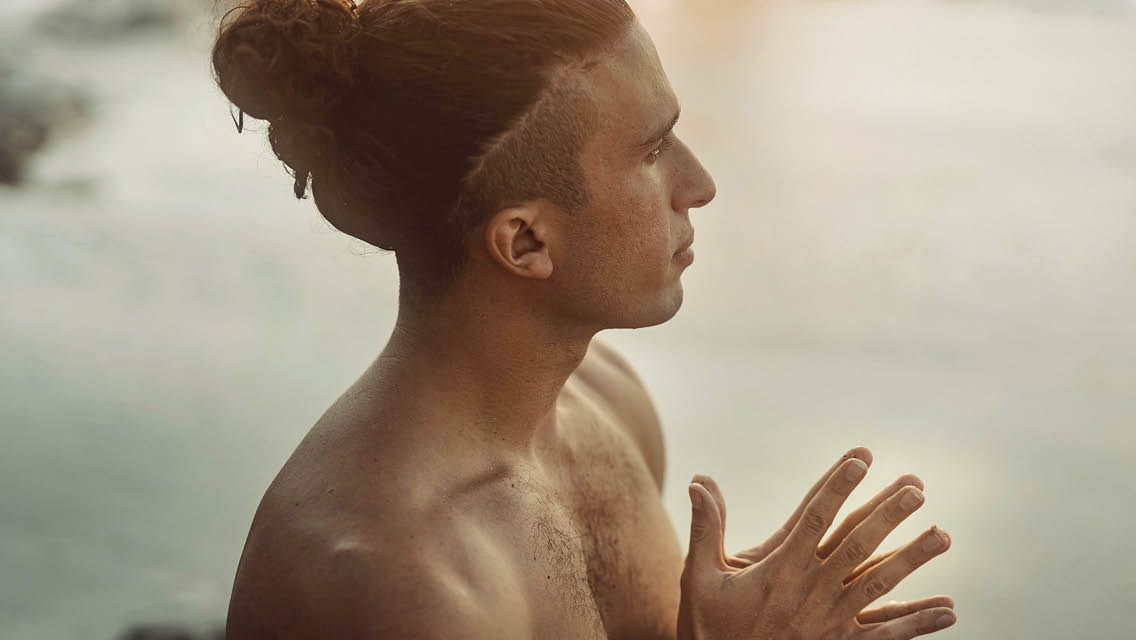

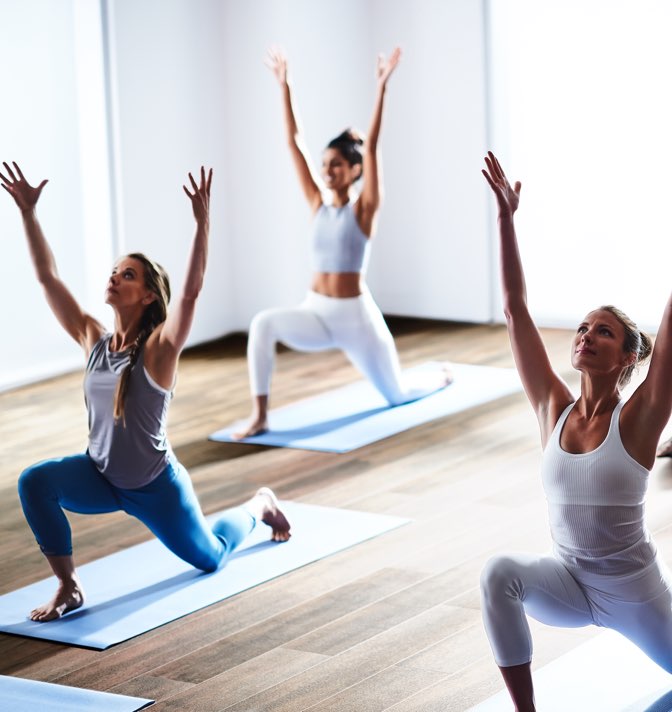
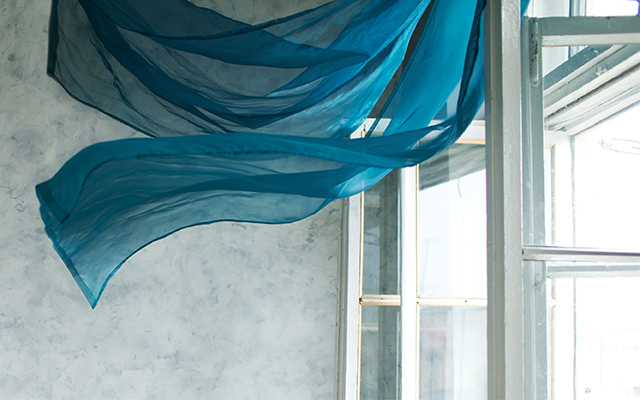
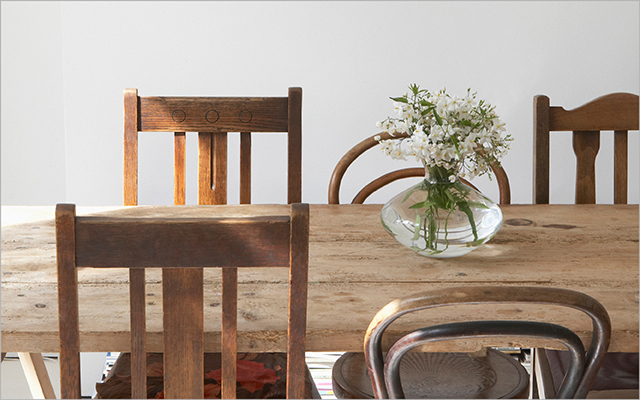
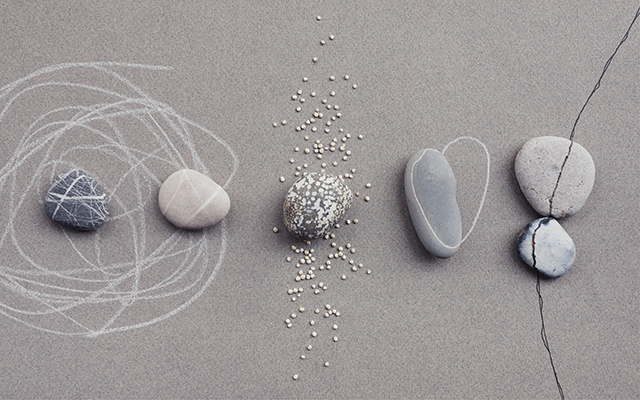
This Post Has 0 Comments